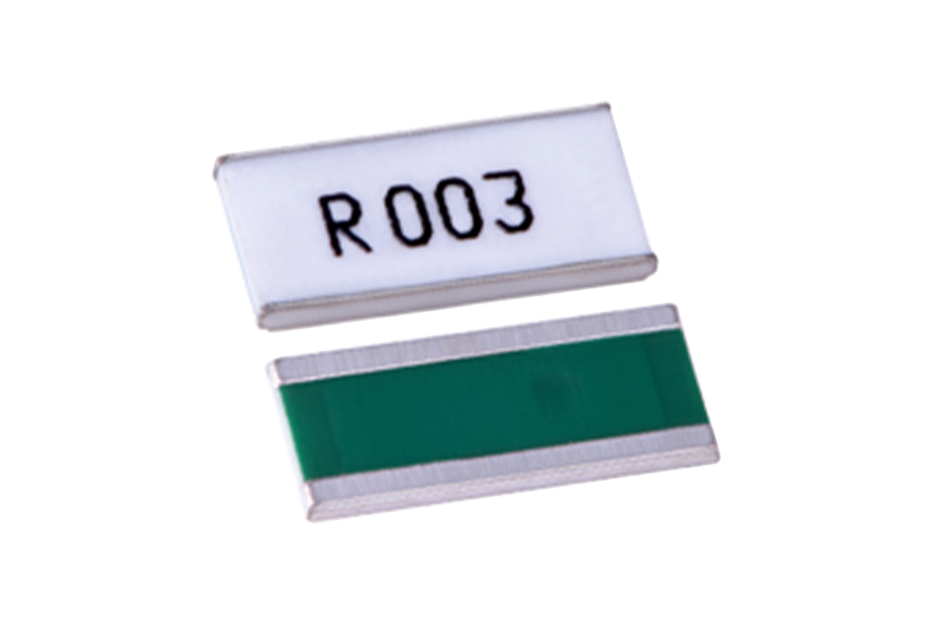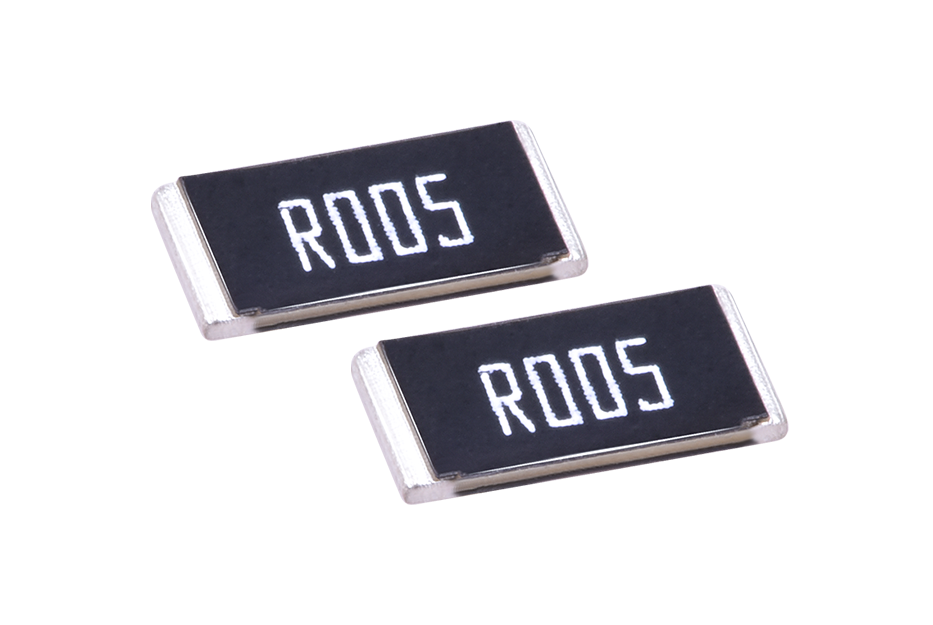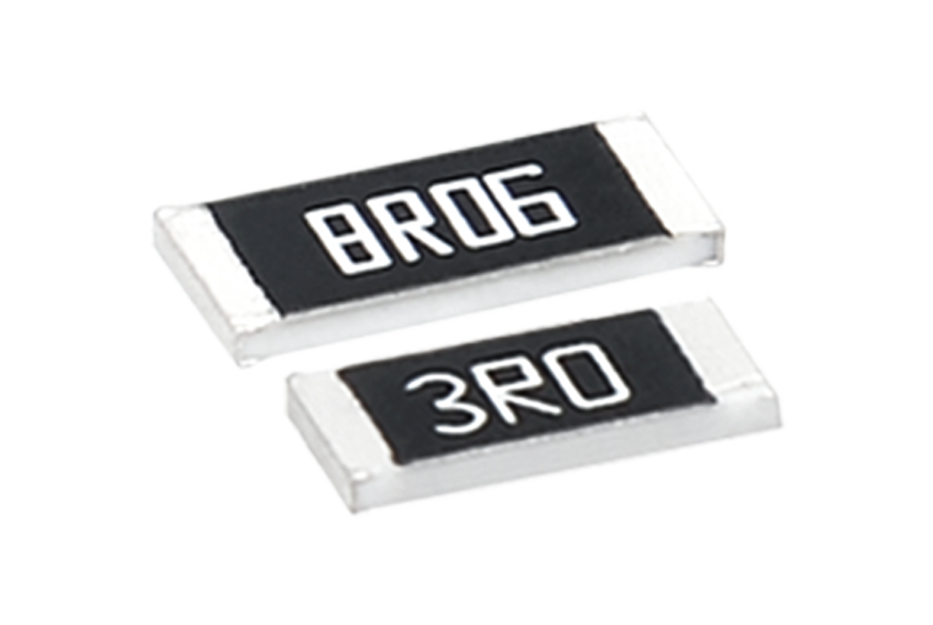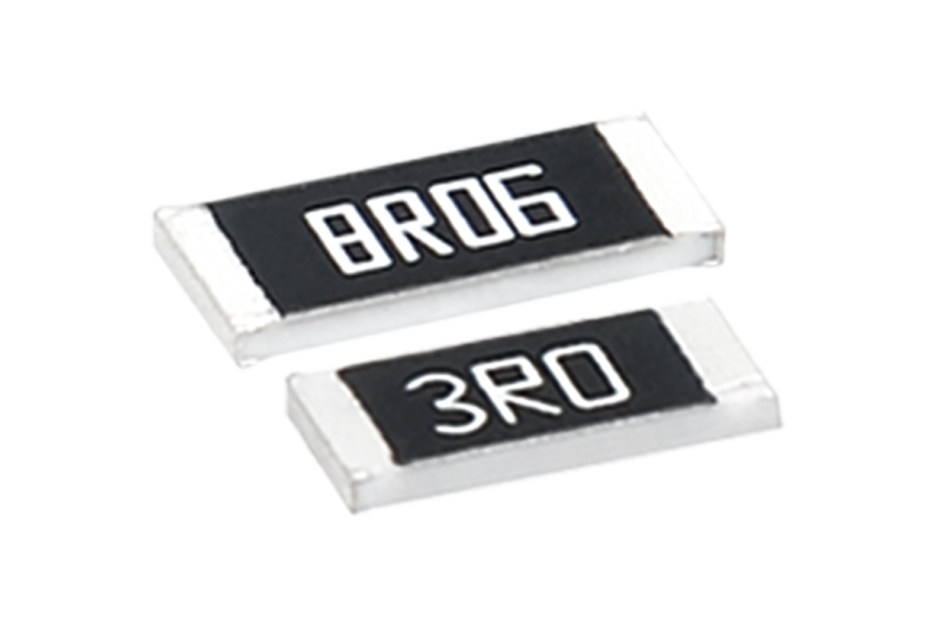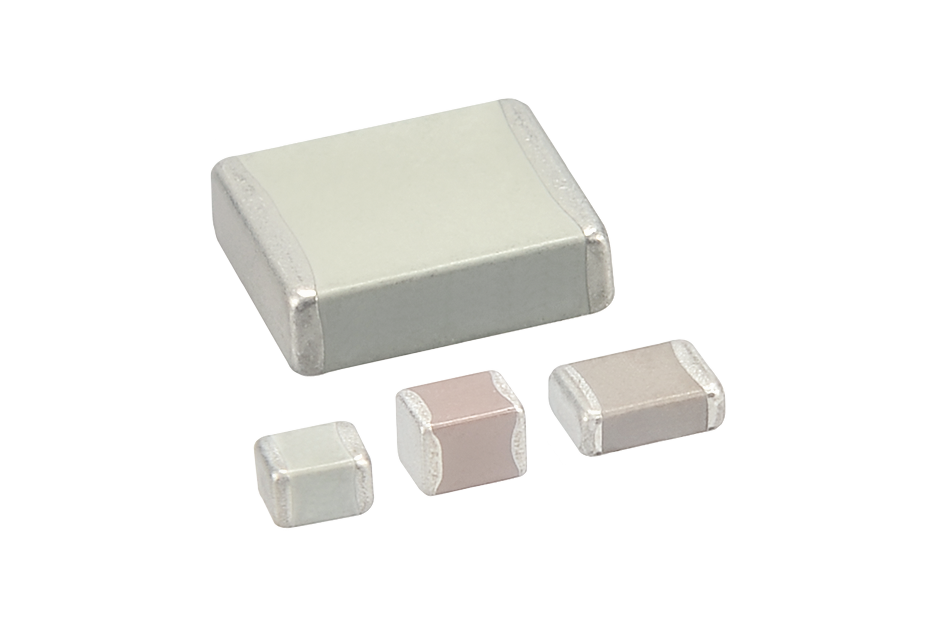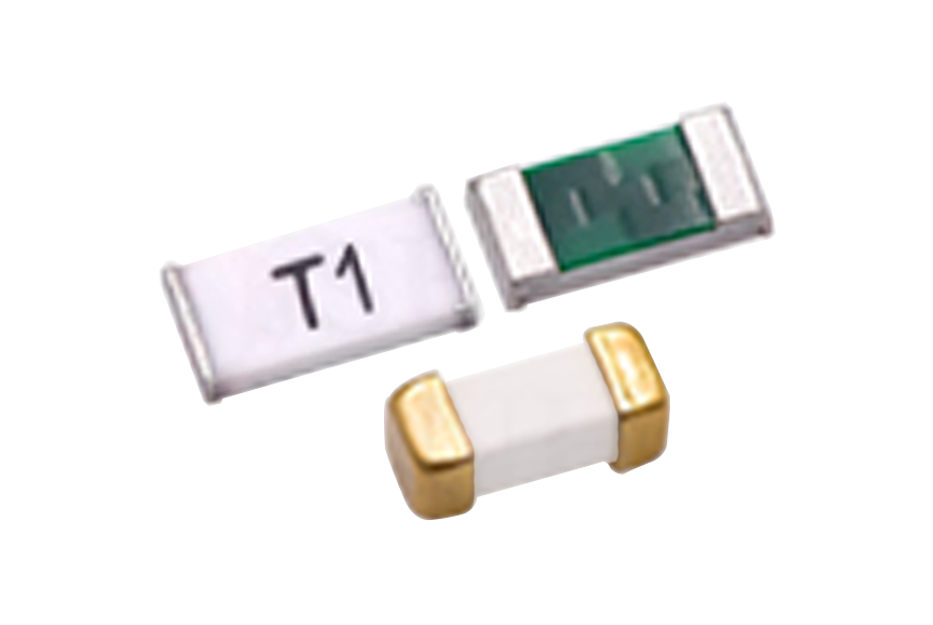Sample resistor and ordinary resistor selection model list and online purchase: click on the image to enter
Sampling resistance and ordinary resistance are two common types of resistance components in circuits, which have some differences in practical applications and functional functions.
Firstly, physically speaking, a sampling resistor is a special type of resistor device that typically consists of a fixed resistor and an adjustable resistor, which can change the sampling resistance value of the circuit. A regular resistor is a fixed resistance device, and its resistance value is generally fixed and cannot be adjusted.
Secondly, in practical applications, the sampling resistor is mainly used to measure the current or voltage signal in the circuit and convert it into a voltage signal output proportional to it. The sampling resistor is generally used in conjunction with measuring instruments such as ammeters and voltmeters to measure the magnitude of current and voltage in a circuit. Ordinary resistors, on the other hand, are mainly used for limiting and dividing current and voltage in circuits, controlling the magnitude of current and voltage distribution in the circuit.
Thirdly, in terms of functionality, the sampling resistor plays a role in signal acquisition and measurement in the circuit. By adjusting the resistance value of the sampling resistor, the size of the current or voltage signal in the circuit can be changed, thereby achieving the collection and measurement of signals in the circuit. The sampling resistor can also be combined with other components (such as capacitors, inductors, etc.) to achieve functions such as filtering and amplifying AC signals in the circuit. Ordinary resistors, on the other hand, mainly serve as current limiting and voltage divider. By adjusting the resistance value of ordinary resistors in the circuit, the current in the circuit can be limited and the voltage in the circuit can be distributed.
Fourthly, there are also some differences in the position and connection method of sampling resistors and ordinary resistors in the circuit. The sampling resistor usually needs to be connected in series or parallel with other components (such as ammeters, voltmeters, etc.) to achieve signal acquisition and measurement in the circuit. Ordinary resistors, on the other hand, can be directly connected in series or parallel between other components in the circuit for current limiting and voltage sharing.
Overall, there are some differences in practical applications and functional roles between sampling resistors and ordinary resistors. The sampling resistor is mainly used to measure the current and voltage signals in the circuit, and convert them into a voltage signal output proportional to them, playing a role in signal acquisition and measurement. Ordinary resistors, on the other hand, are mainly used for current limiting and voltage divider functions in circuits, to control the magnitude of current and voltage distribution in the circuit.


